Majolica Tiles
Majolica Tiles: A Timeless Piece of History
At Chettinad Tiles, we offer more than just decorative pieces; we offer history, craftsmanship, and a rare chance to own a piece of the past. Majolica tiles, which were once made in the heart of Japan, have now become a significant cultural heritage, adorning temples, mansions, and heritage sites across the globe. Their intricate designs and the fascinating stories behind them make them a prized possession for anyone seeking something truly special.
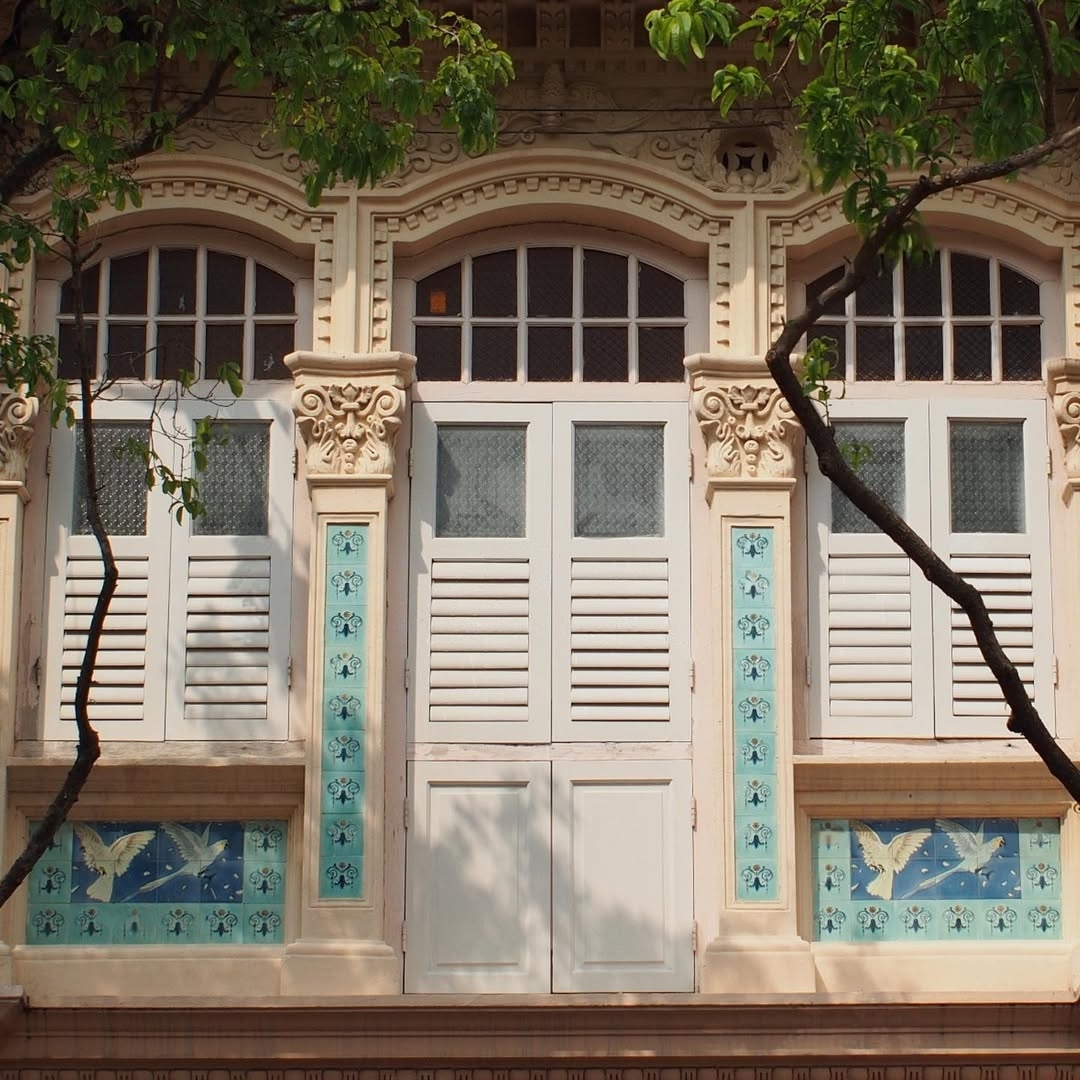
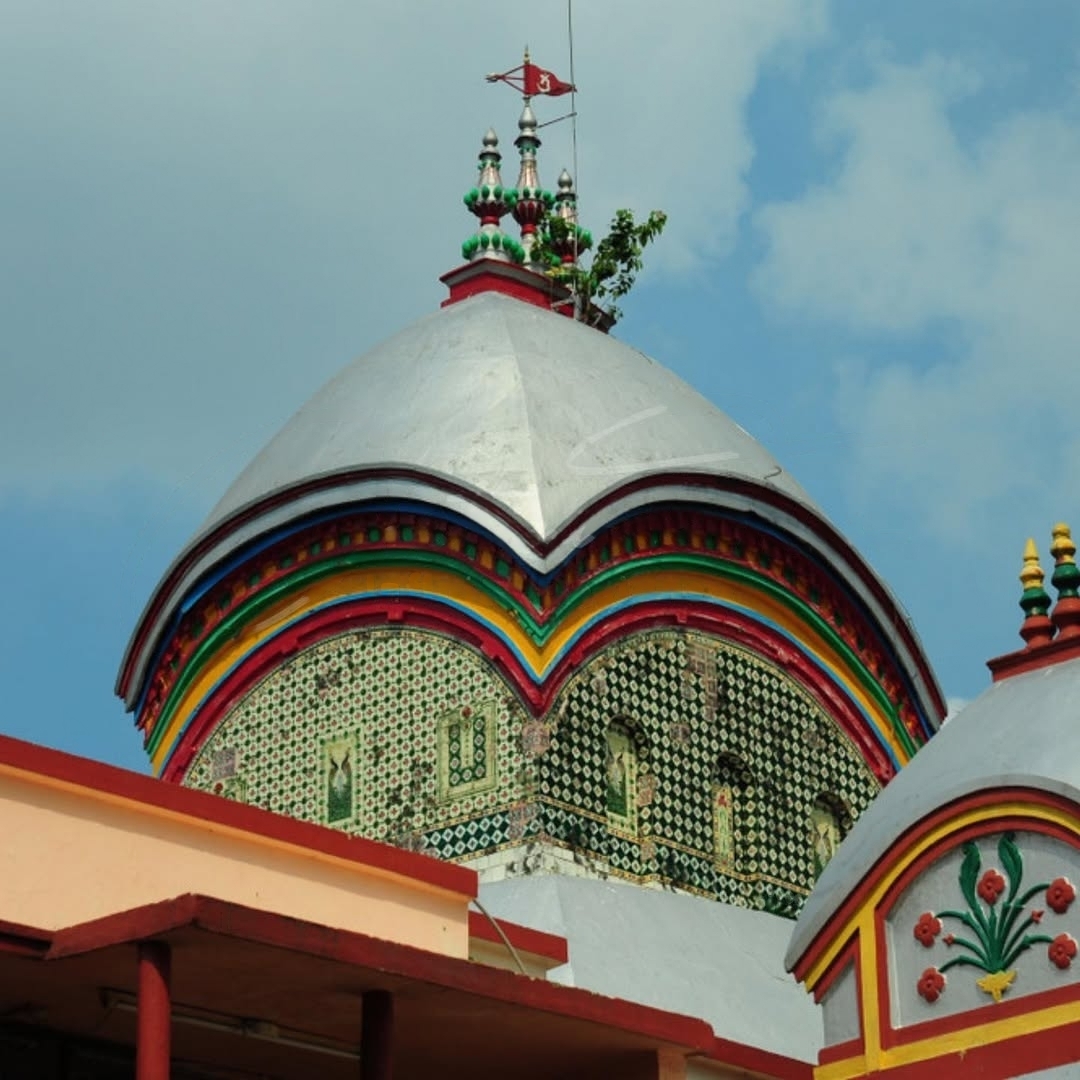

The Legacy of Majolica Tiles
The origins of Majolica tiles date back to the late 19th and early 20th centuries, when Japanese artisans began producing embossed, colour-glazed ceramic tiles, inspired by the European Majolica pottery tradition. These tiles were primarily used for interior decoration and became famous for their intricate designs and vivid colours. While the majority of these tiles were made in Japan, they drew heavily from European influences, particularly from Britain and Italy, where the tile tradition had deep roots.
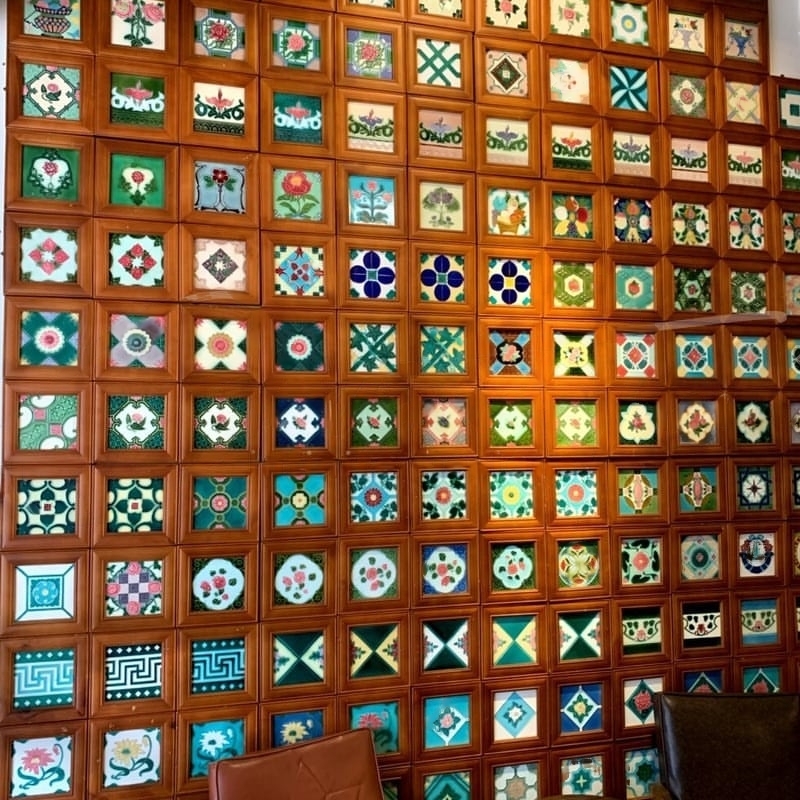
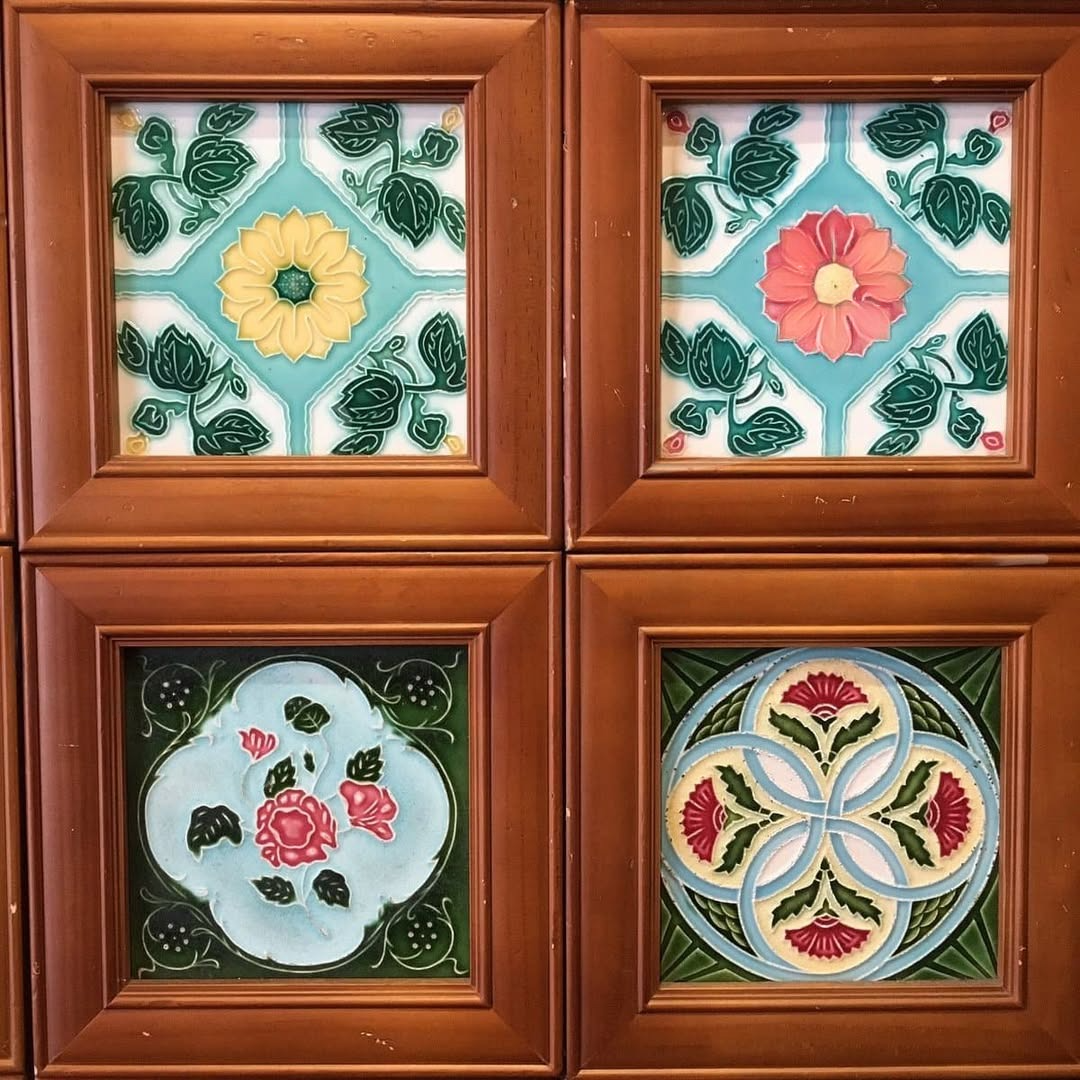
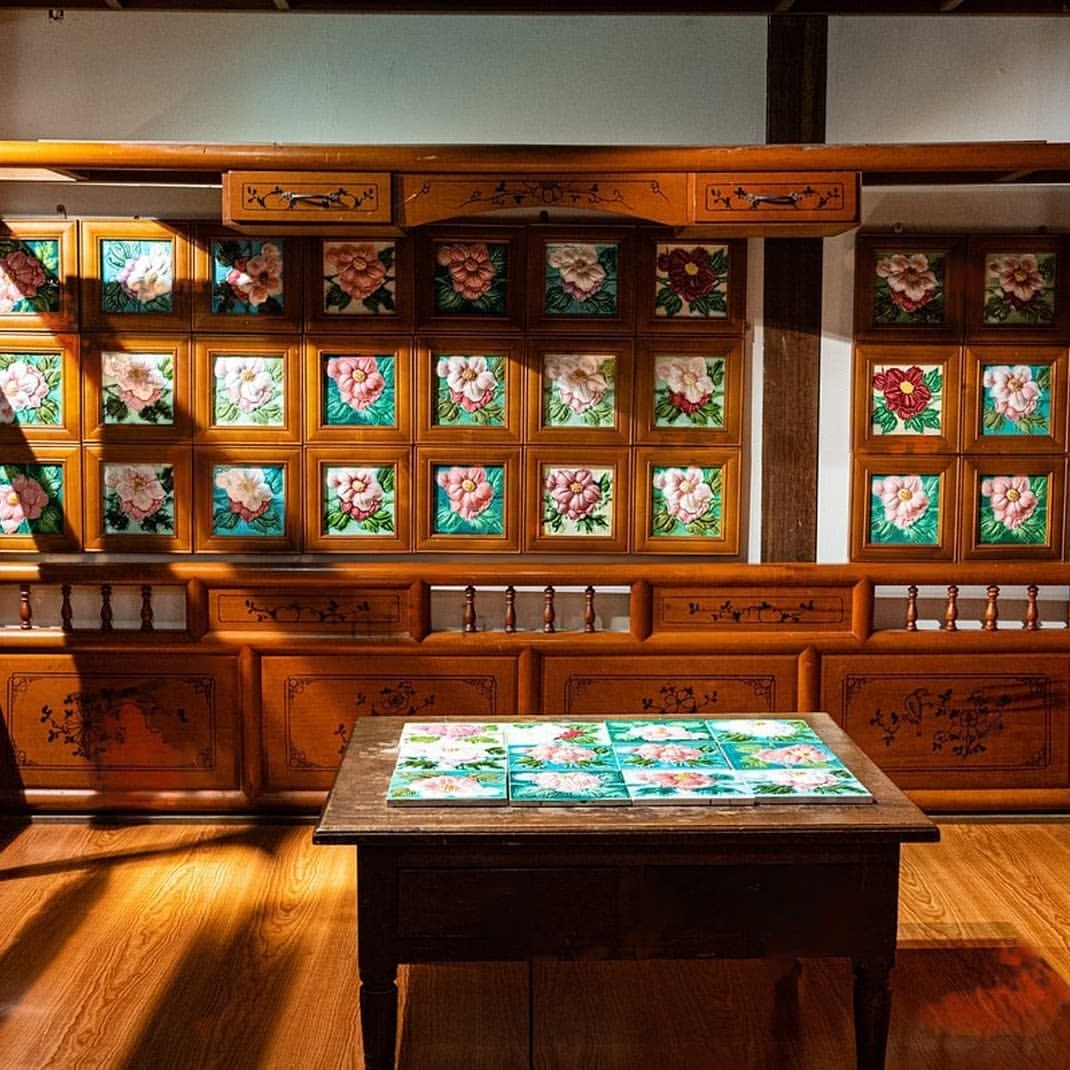
Initially, Japan began producing these tiles to meet the growing demand in colonies like India and Southeast Asia. With the help of European trade networks, they soon became a symbol of wealth, culture, and status, especially among the prosperous Chettiar community of South India.
The Chettiar Connection
The Chettiars were instrumental in spreading the allure of Majolica tiles across India and Southeast Asia. Known for their vast network of trade across the Indian Ocean, the Chettiars not only established themselves as successful merchants but also as cultural patrons. It was through their migration and the construction of temples and havelis that Majolica tiles found their way into places like Calcutta, Rangoon, and remote villages across South India.
The Chettiar community's affinity for Majolica tiles stems from their desire to use visual representations—through tiles and decorative prints—to distinguish themselves in their hometowns and at their destinations. In particular, they used these tiles to decorate Hindu temples and havelis, blending traditional Hindu motifs with the vibrant patterns of Japanese craftsmanship.
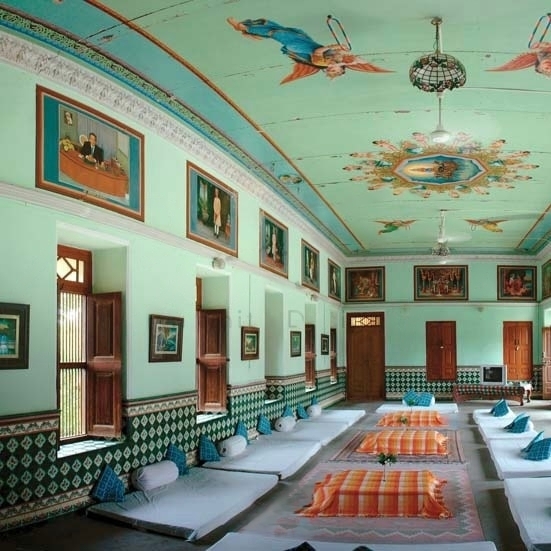
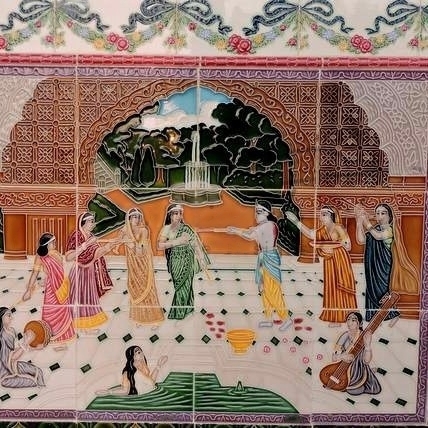
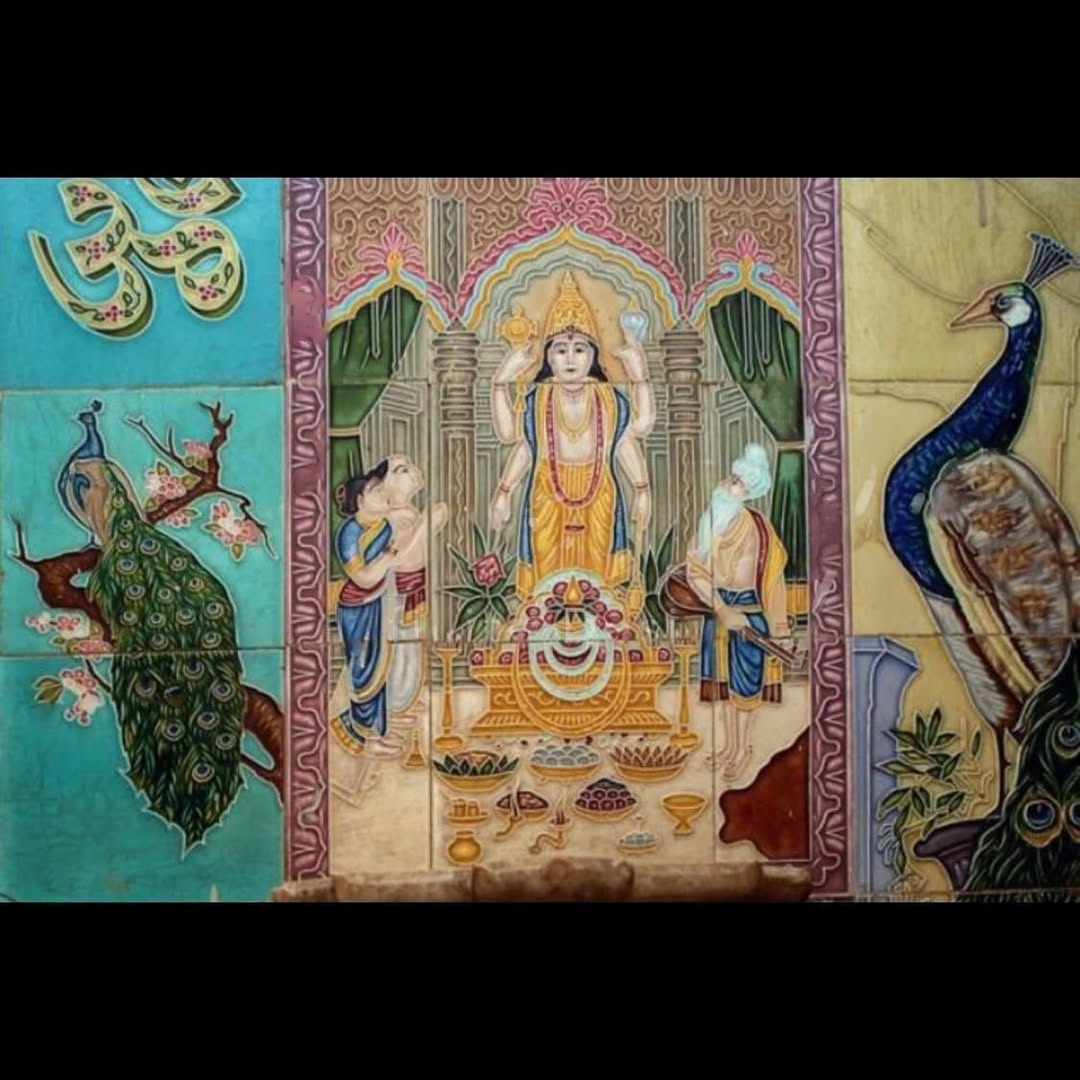
The Piramal Haveli in Rajasthan is one of the most notable examples, where Japanese Majolica tiles illustrate the "Krishna Leelai" theme. These tiles, depicting scenes from the life of Lord Krishna, are a testament to the accuracy and reverence with which Japanese artisans reproduced Hindu iconography. The precision of these tiles, particularly the “Shri Satya Narayan” Ji panel, is often said to resemble a popular print published by Harnaryan & Sons, Jodhpur from the early 20th century. These tiles are an embodiment of cultural exchange and artistic mastery.
Majolica Tiles in Temples: Sacred Adornments
Majolica tiles were not only decorative; they were also used in the construction of important landmarks and temples. In places like the Kalighat Temple in Calcutta, these tiles continue to decorate the exteriors of sacred sites. During the 1920s, Japanese Majolica tiles were used to refurbish the temple, their vibrant floral motifs still visible today. These tiles became an essential part of the architectural fabric, merging cultural influences and adding to the temple's spiritual ambiance.
In Myanmar, the Manuha Temple in Bagan, built in 1067, was adorned with embossed Majolica tiles depicting peacocks and floral borders. These tiles, which have survived centuries, continue to grace the floor of this historic temple, preserving the ancient charm of the site.
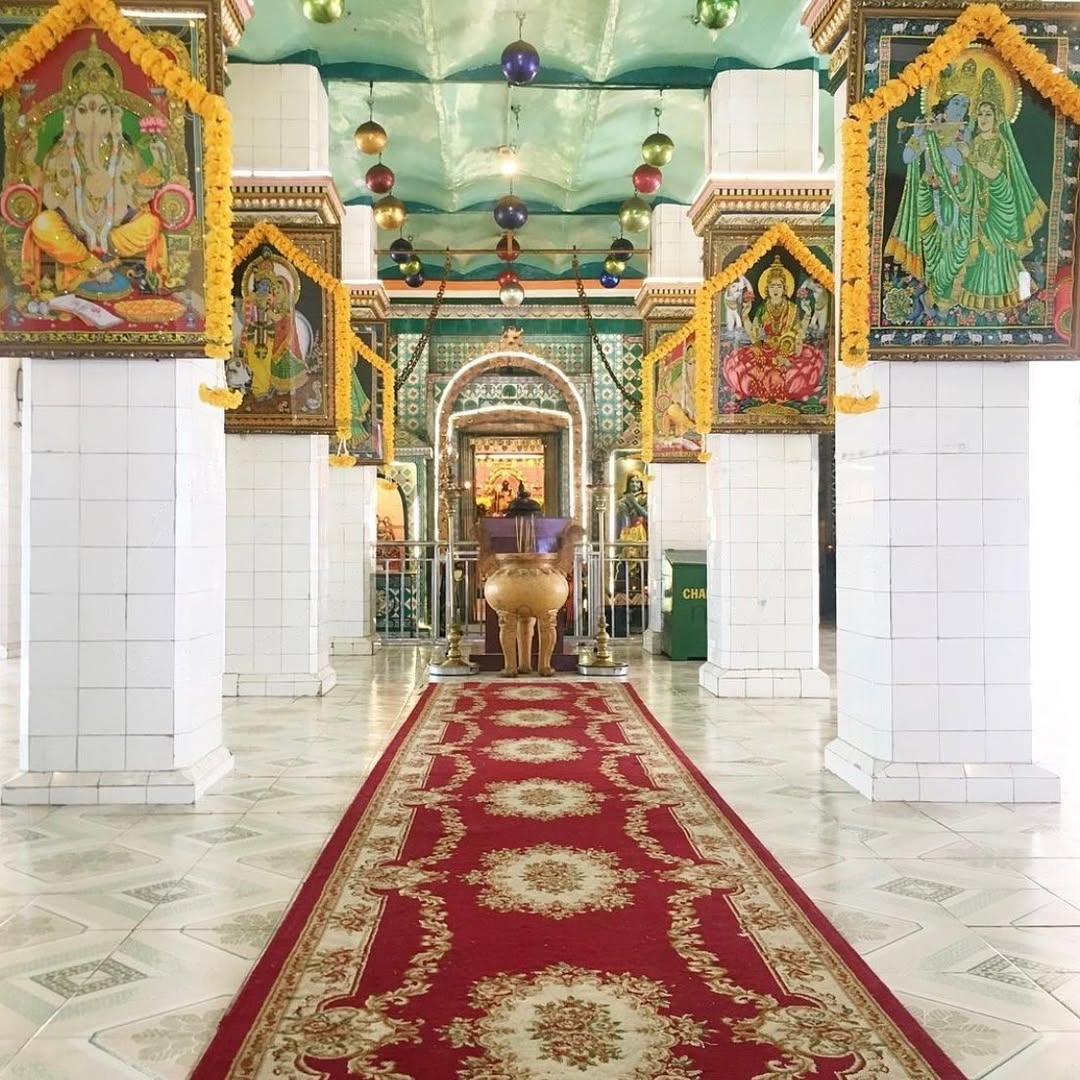
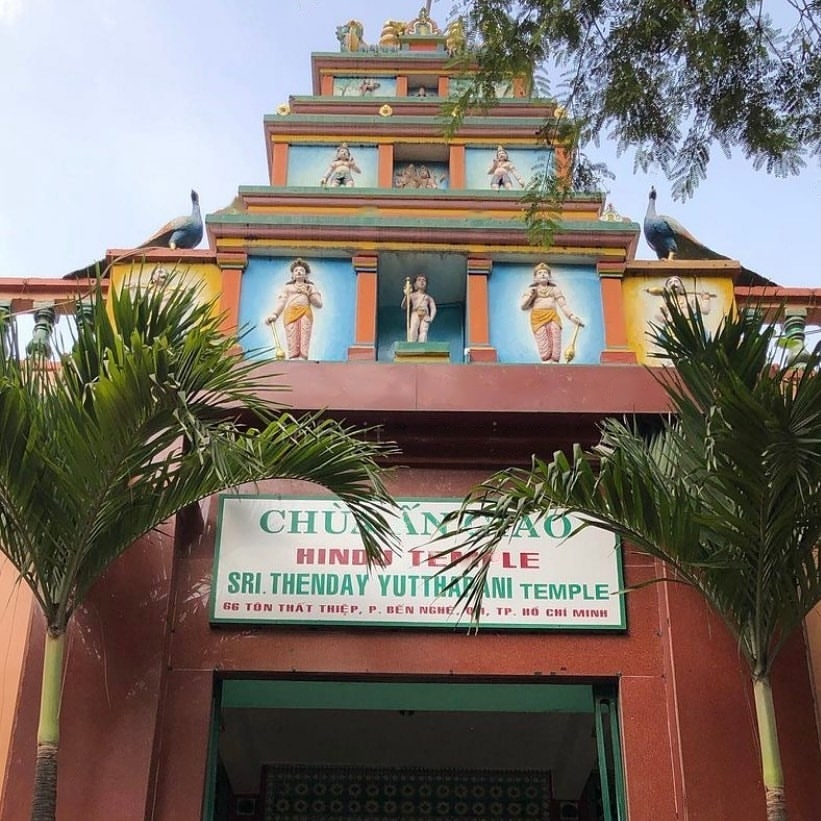
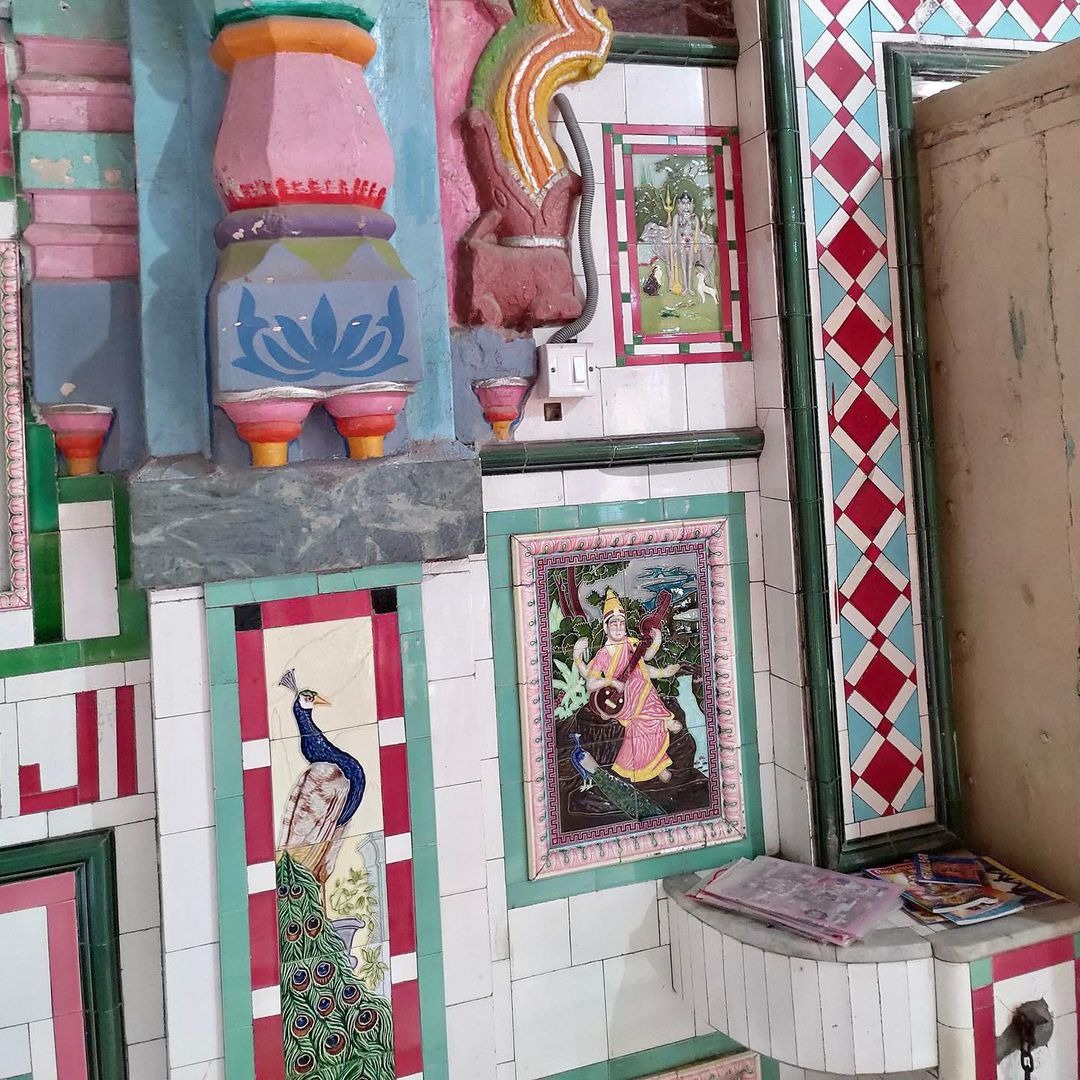
In Singapore, Majolica tiles can still be found decorating some of the city's oldest temples, including the Thenday Yudhapani Temple, a revered site for Hindus, where these intricate tiles showcase mythical deities and sacred motifs. The continued presence of these tiles in such holy spaces speaks to their enduring spiritual significance.
Moreover, the Bukit Brown Cemetery in Singapore, where tombstones of the Peranakan community are decorated with Majolica tiles, symbolises the pride and status of those who rest there. These tiles offer a unique insight into the cultural heritage of the Peranakans, who used these decorative pieces not only to adorn their homes but also to mark their final resting places.
The End of an Era: Why Majolica Tiles Are No Longer Produced
The production of Majolica tiles ceased in the mid-20th century, particularly after Japan shifted its focus towards war preparation in the 1930s. The specialized glaze used to create the vibrant colours on these tiles was eventually banned by law, making the process of creating these unique pieces of history impossible to replicate.
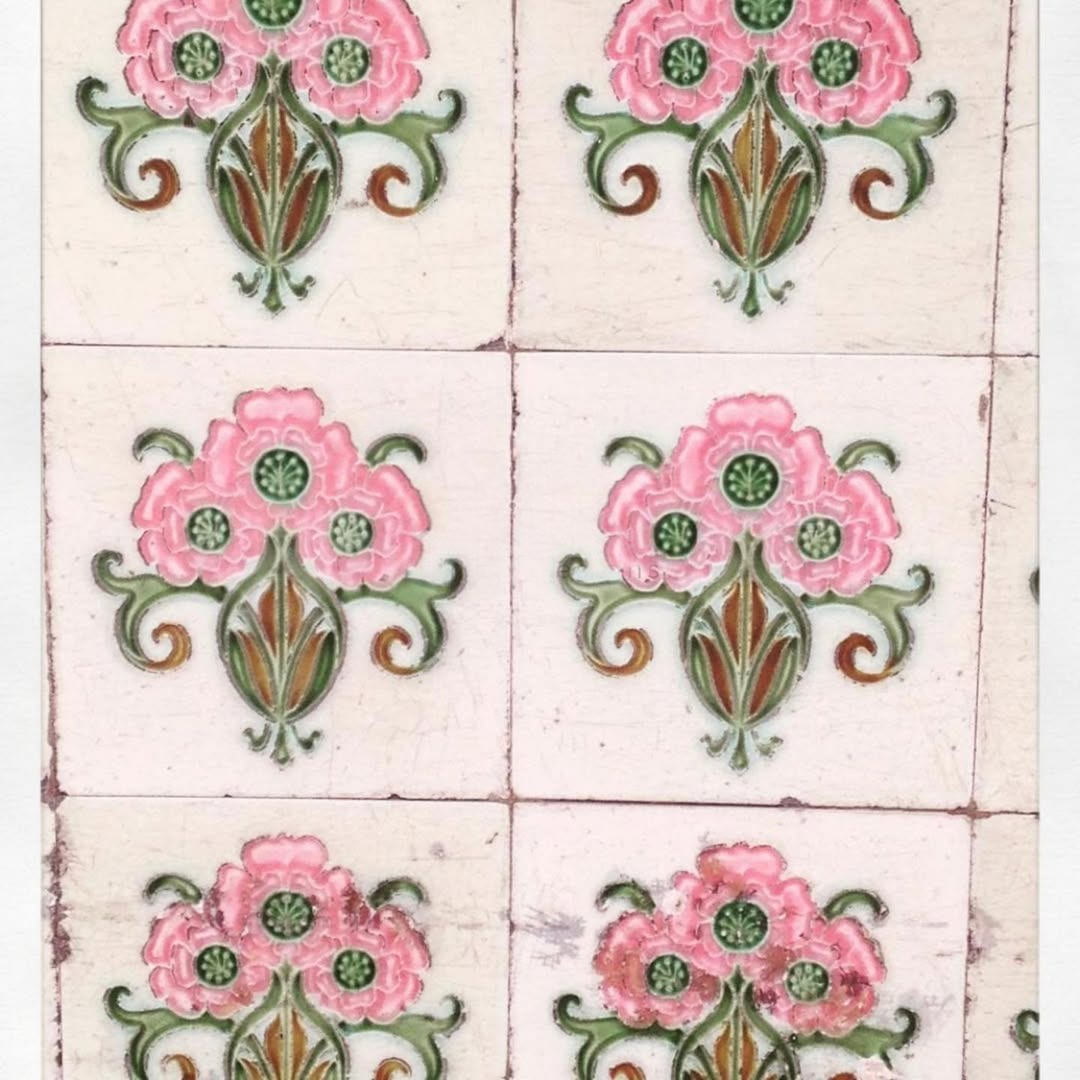
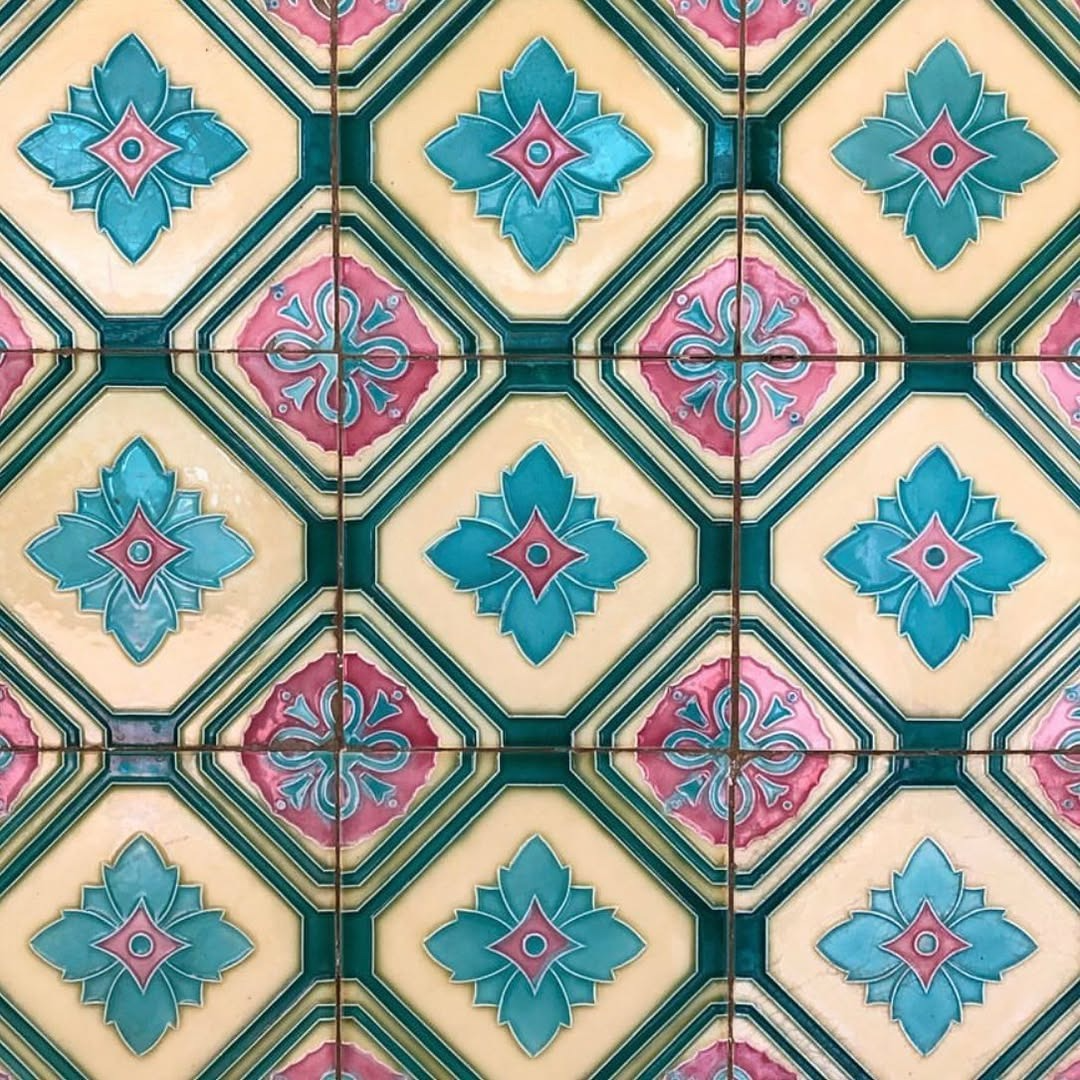
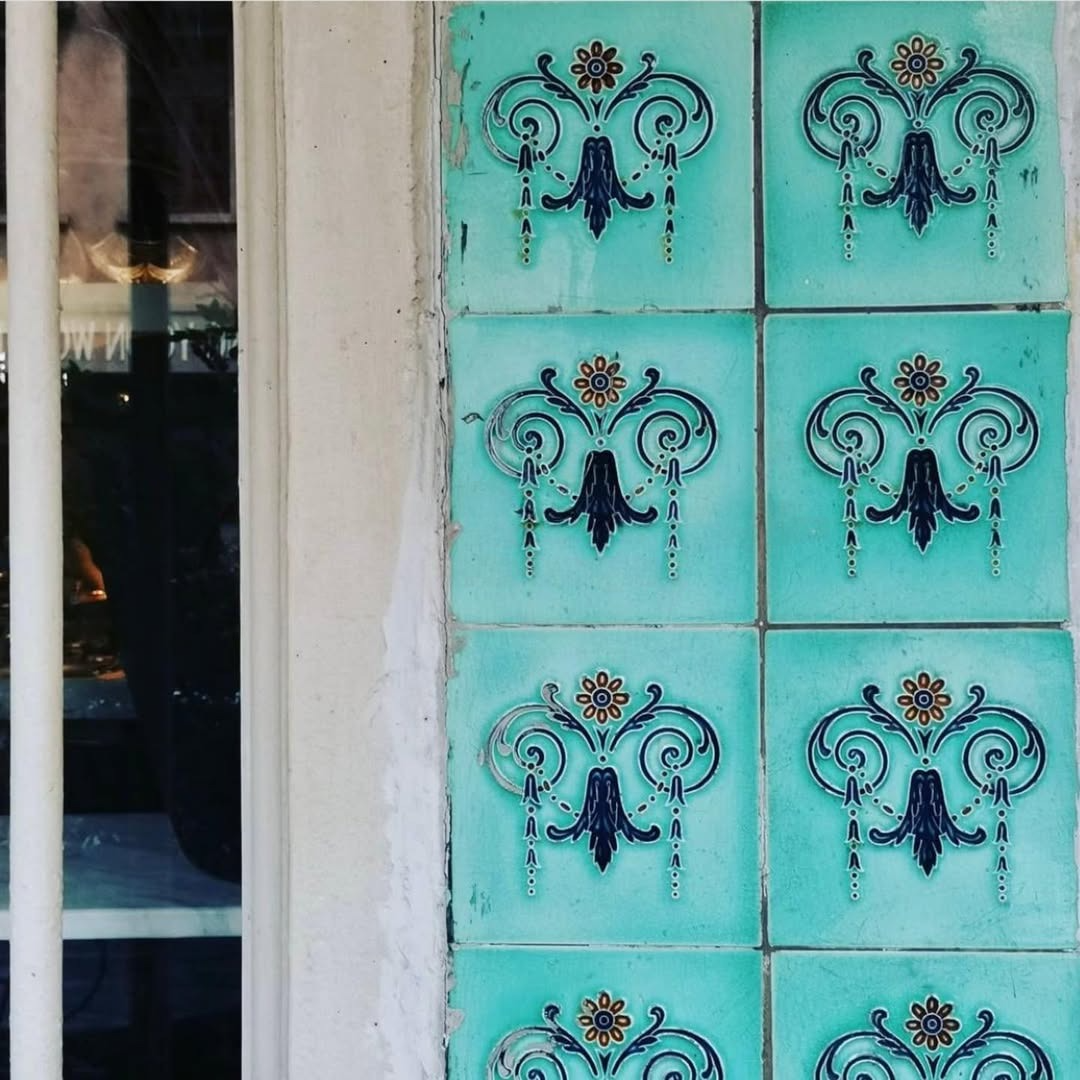
Today, only a few companies still exist that can produce a similar style, but these tiles—rich in history and craftsmanship—are no longer made in the same way. The scarcity of these tiles, combined with their age (some dating back to over 130 years), has made them highly prized artifacts. Every tile is a unique testament to a bygone era, and their use in today’s world is a nod to the incredible craftsmanship and cultural significance they once held.
Global Influence: Majolica Tiles Around the World
From the streets of Singapore to the temples of India, Majolica tiles have left a lasting impact on global architecture. In Taiwan, the Museum of Old Taiwan Tiles showcases restored Majolica tiles that were exported from Japan between 1915 and 1935. These tiles depict various cultural themes—Hindu gods, mythical beasts from Chinese folklore, peacocks, and floral patterns—each reflecting the international reach of the Japanese tile industry at the time.



One of the major reasons for their widespread use was the demand for these tiles in British India, where they were integrated into the design of public buildings, temples, and private homes. The Chettiar community’s influence was key in introducing these tiles to India and promoting their use in architecture.
In places like Sri Lanka, Vietnam, and Thailand, Majolica tiles are still found in heritage buildings, having endured the test of time and becoming symbols of cultural fusion. These tiles were not just for decoration but served as a bridge between Eastern and Western design sensibilities.
A Piece of History for Your Home
At Chettinad Tiles, we offer you the rare opportunity to own a piece of this history. Our Majolica tiles are not just tiles; they are a connection to the past, a reminder of the artistry and cultural exchange that shaped the architecture of the colonial era and beyond. These tiles, which once graced temples, havelis, and iconic buildings, can now become part of your home or project.
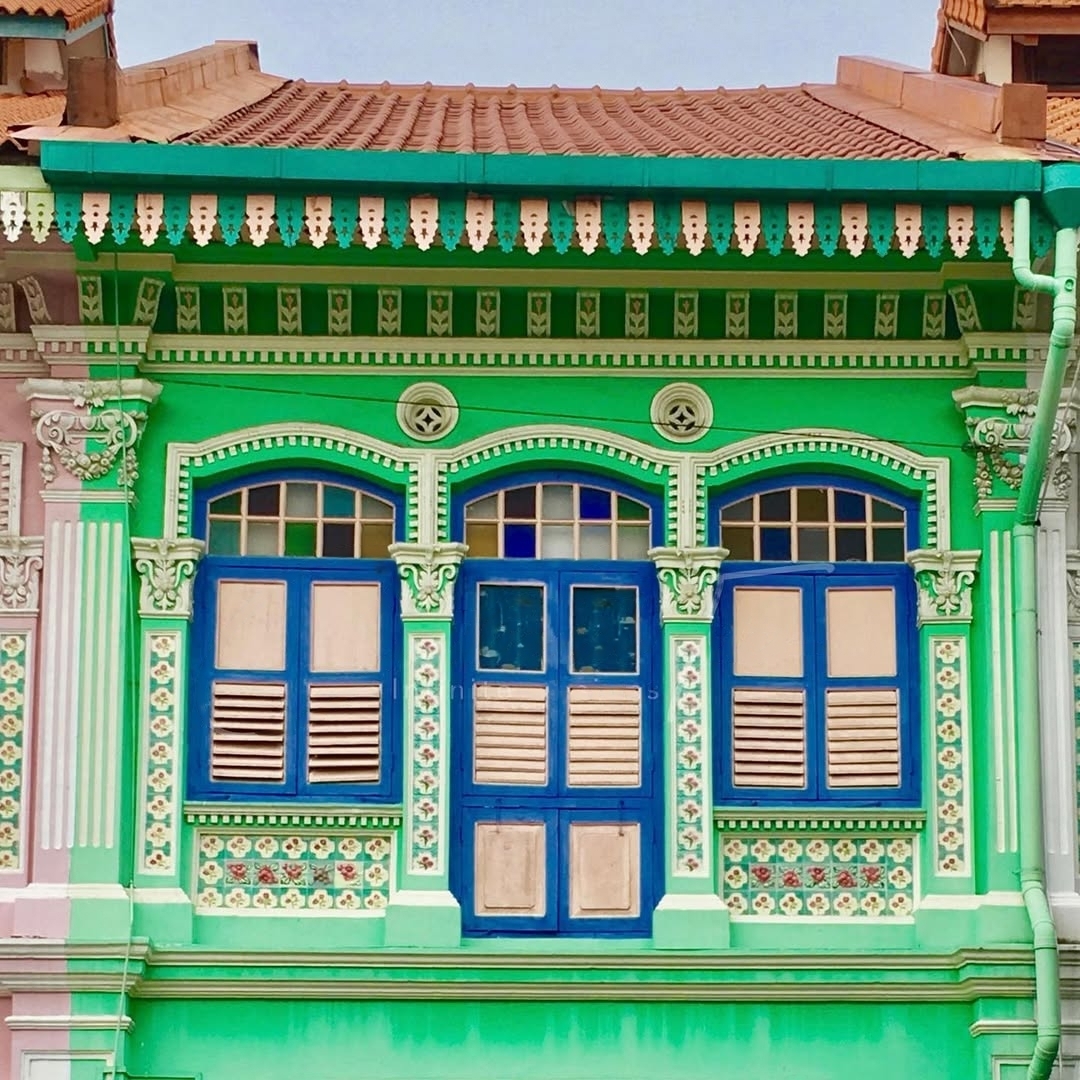
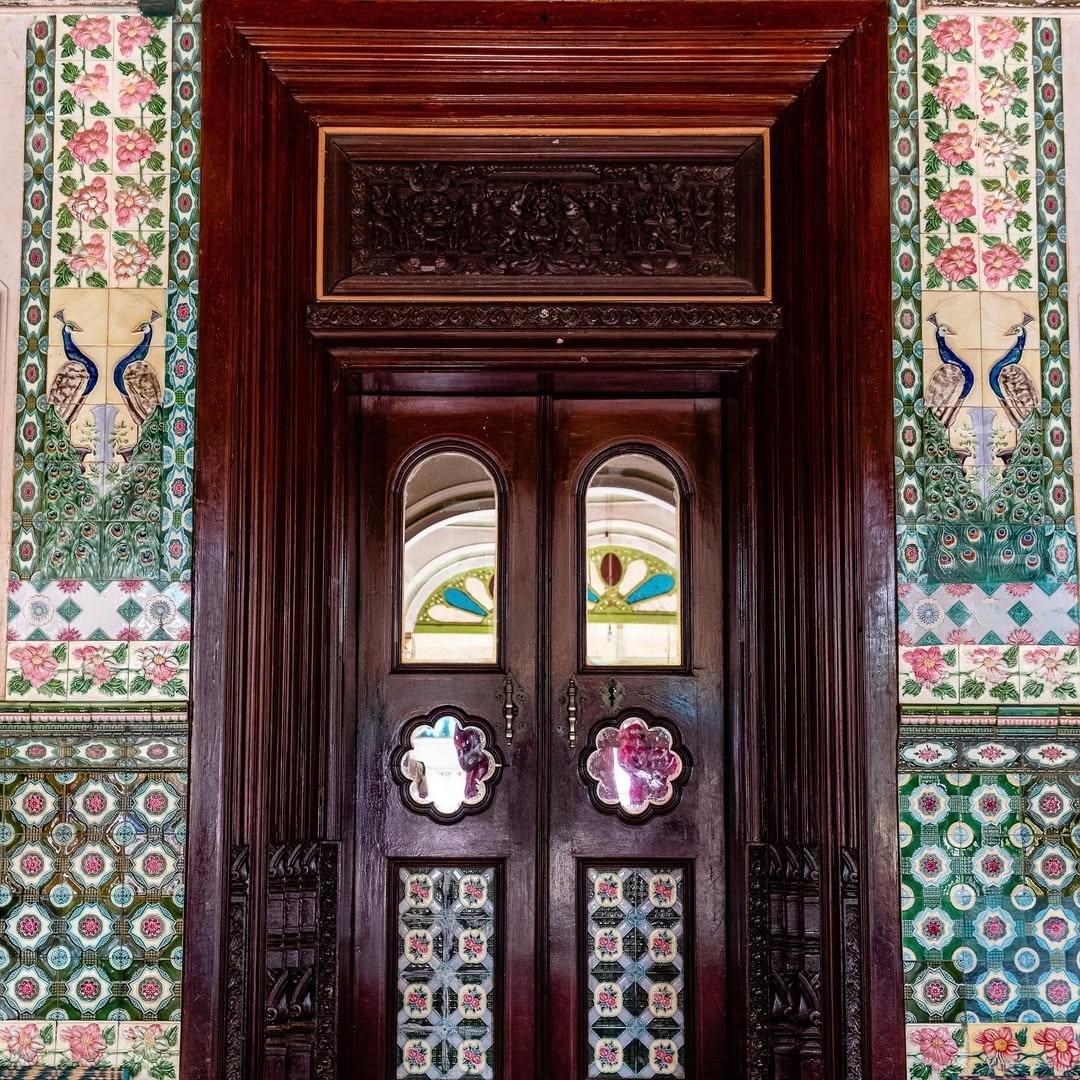
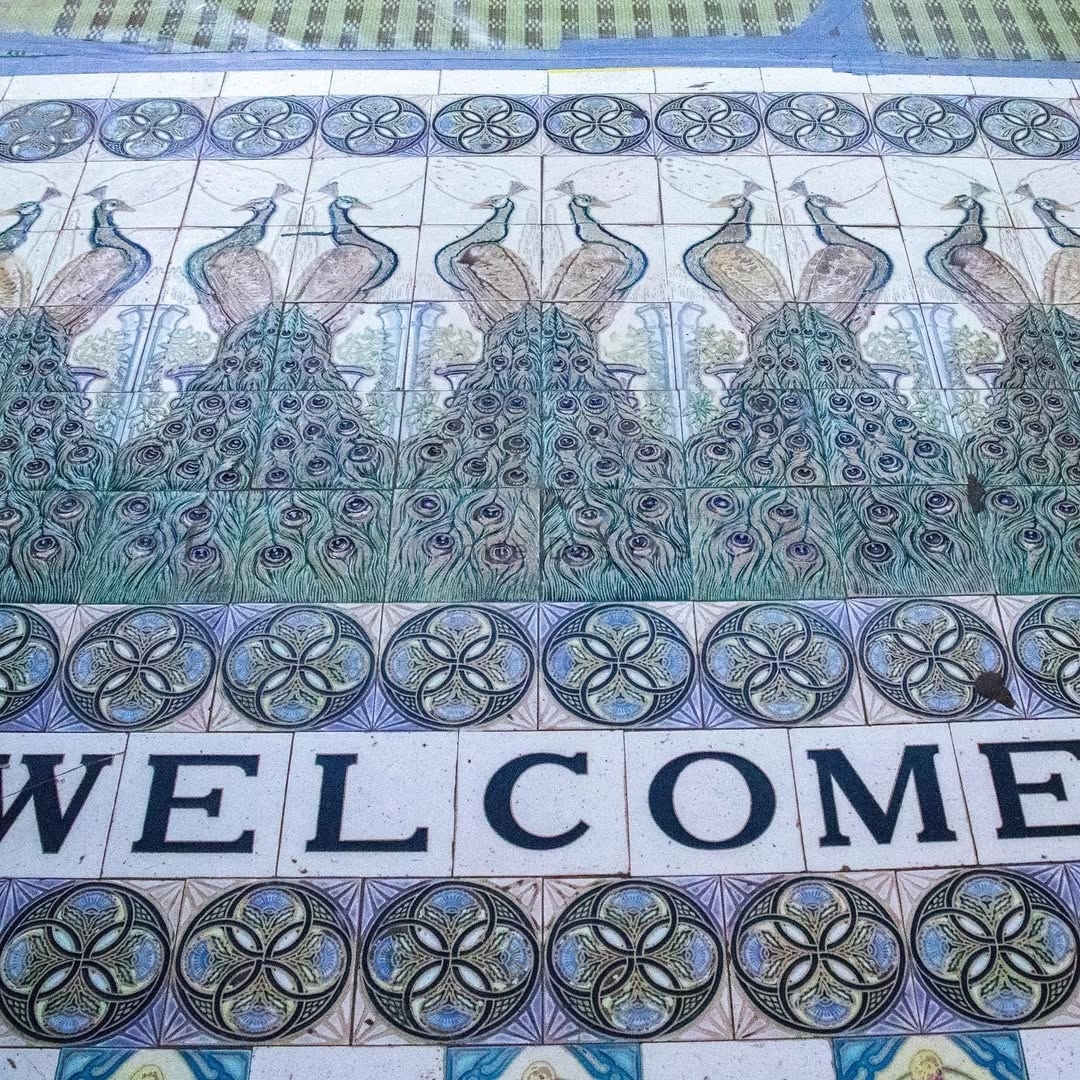
Purchasing Majolica tiles means owning a timeless artifact that can no longer be reproduced. With the original production of Majolica tiles long ceased, today’s market is flooded with imitations that fail to capture the true craftsmanship, vibrancy, and historical value of the originals. These fake versions, often mass-produced with inferior materials, lack the richness of colour and detail found in authentic Majolica tiles.
Majolica tiles are more than just decorative—they are a window into history. Don’t miss out on the chance to own these rare treasures that once decorated some of the most iconic buildings in the world. Contact us to purchase a piece of history.
Click Here For More Designs